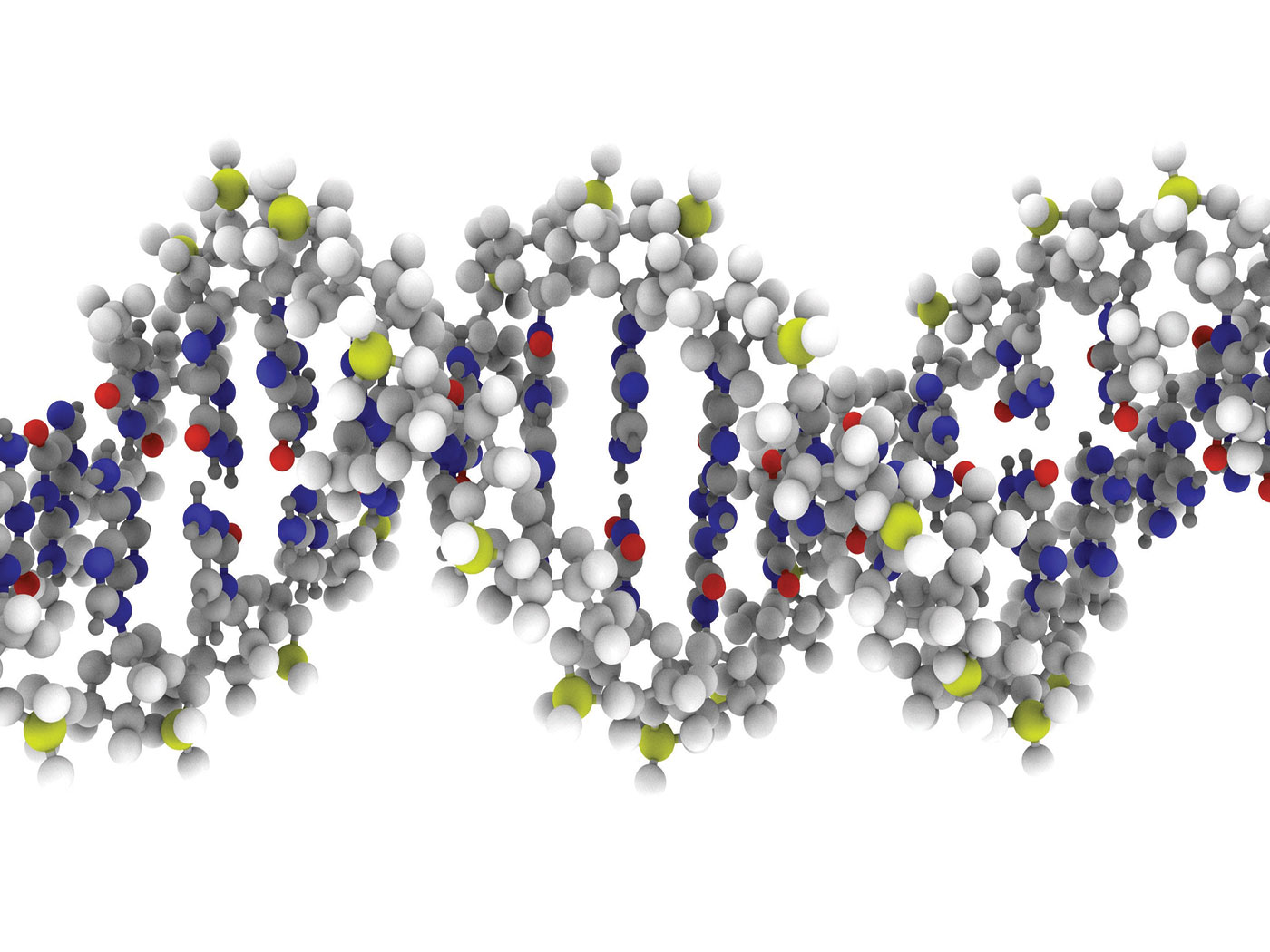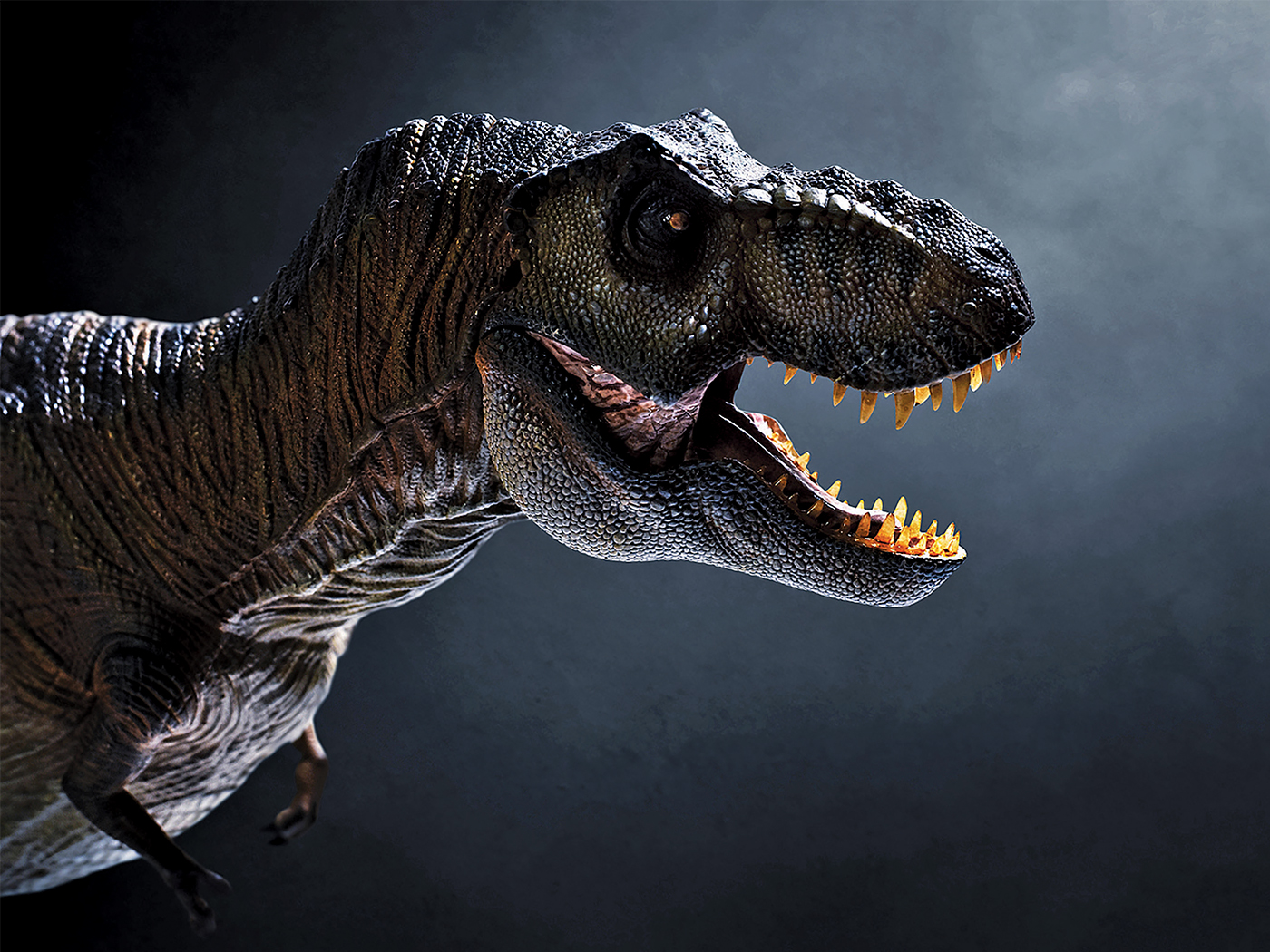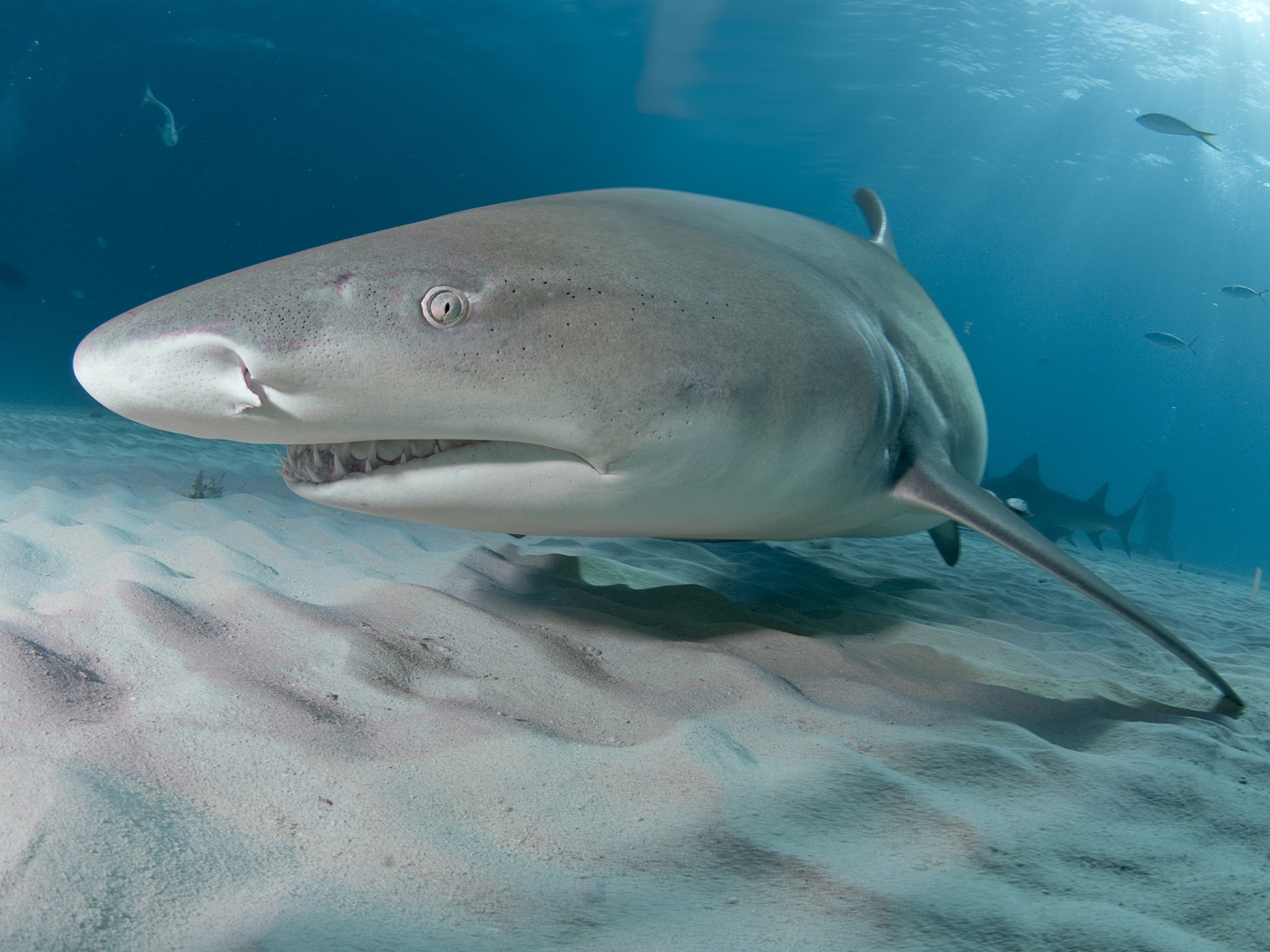An exhibition favoring evolution has opened to coincide with the “Year of Evolution,” a celebration being held from April 2008 to May 2009 by the University of Pennsylvania and various Philadelphia organizations to commemorate the 200th birthday of Charles Darwin, as well as the 1859 publication of his landmark book On the Origin of Species.1
The University of Pennsylvania Museum of Archaeology and Anthropology has worked for the past five years on the interactive, multimedia, “not artifact- but idea-based” show, according to the recent Wall Street Journal article “Smart Riposte to Intelligent Design.”2 Funded largely by the National Science Foundation, the exhibition, titled “Surviving: The Body of Evidence,” opened at the Penn Museum in April and will begin traveling to museums around the country in summer 2009 to spread its vision of an evolution-only explanation for life and the natural world.
A sneak peek into the “evidence” offerings is disturbing, at best. In the first presentation, “video monitors show people running, dancing, talking and eating,” but how this constitutes evidence that favors evolution is not explained. The next section displays the similarities between humans and a supposed mammalian ancestor, complete with the assertion that the ancestor “lived an astonishing 210 million years ago.”2
It is unclear whether the exhibit also mentions that until the past decade, the earliest mammals were thought to have arrived 75 million years ago. In 2002, a fully formed mammal was discovered in China and dated at 125 million,3 and now the record is 220 million.4 Each revision of the date backward pushes the advent of mammals closer to when evolution supposedly started. This leaves less and less time for evolution to have developed mammals from lower creatures, making the tale less and less credible.
In the “Witnessing Evolution” section, people can hear audio clips read from the works of Charles Darwin, Mary Leakey, Carolus Linnaeus, and evolutionary paleontologist Joseph Leidy, further emphasizing the exhibit’s evolution-only focus. Then a giant plastic female model offers the supposed “scars of evolution” that appear in the human body. One of them is the female pelvis, which is portrayed as “a compromise between the need to give birth to a big-brained baby and the requirements for standing upright.”2 But how anatomic features that balance pragmatic constraints of physical life demonstrate proof for evolution is not explained, only assumed.
Crowded wisdom teeth are also presented as “a direct challenge…to intelligent design.”2 However, it is a mischaracterization to presume that every aspect of designed life would be perfect in its modern form. Rather, all that is required to demonstrate design in life is a single perfected, created aspect; one that could not possibly have been achieved by slight, successive modifications. Besides, tooth crowding has been reasonably explained within creation literature as the result of modern dietary changes to processed food.5 It neither refutes the theory of intelligent design, nor supports the theory of upward evolution.
Subverting scientific endeavor to mere whimsical speculation, the exhibit ends with a video showing artistic conceptions of what mankind may evolve into: “…human beings with multiple eyes and limbs,…a more sentient and capable race,” and other fictional scenarios.
Rather than providing a showcase for the achievements of modern science, this federally-funded educational exhibition is blatantly ideological and represents a grand departure from empirical investigation, not to mention the wholesale abandonment of open-minded, clear, or critical thinking. Tax dollars that were meant to promote science are instead promoting outright evolutionary indoctrination. Today’s students will be tomorrow’s scientists. What price will they pay for this legacy of intellectual and evidentiary distortion?
References
- University of Pennsylvania and Penn Museum Present “A Year of Evolution” April 2008–May 2009. University of Pennsylvania press release, March 18, 2008.
- Klein, J. M. Smart Riposte to Intelligent Design. The Wall Street Journal, August 27, 2008.
- Whitfield, J. Tree Climbing With Dinosaurs. Nature News. Posted on Nature.com April 25, 2002, accessed August 27, 2008.
- Johnson, G. 2003. The Living World, 3rd Ed. Boston: McGraw-Hill, 270.
- Cuozzo, J. 1998. Buried Alive. Green Forest, AR: Master Books, 213.
* Mr. Thomas is Science Writer.
Article posted on September 4, 2008.























